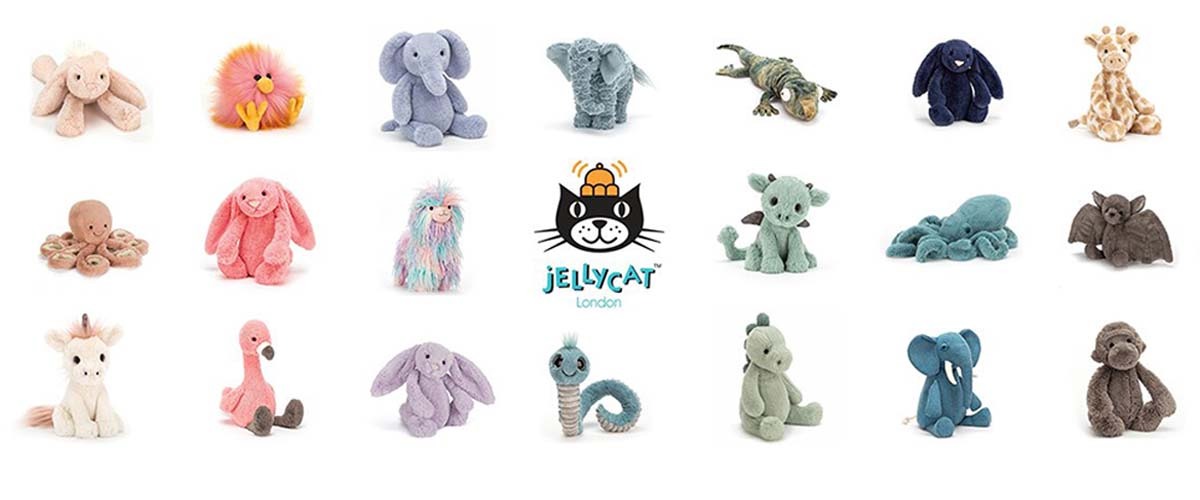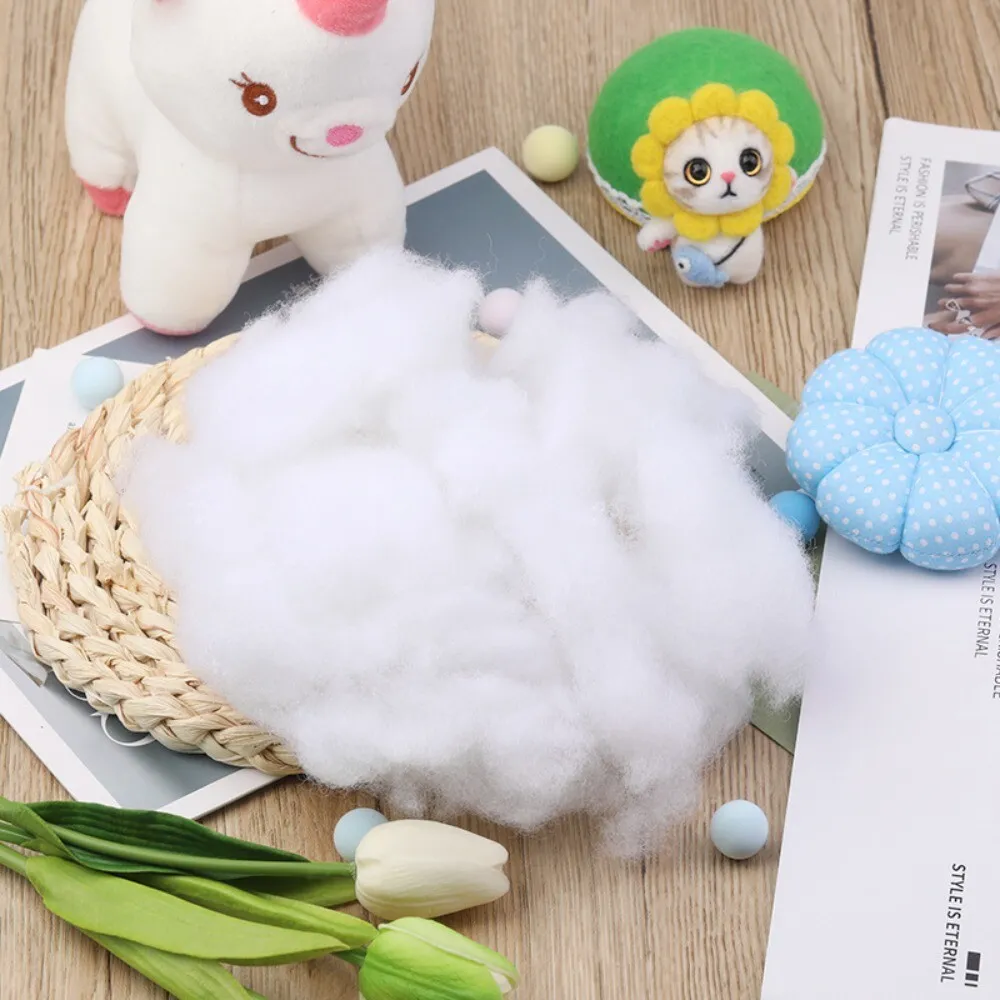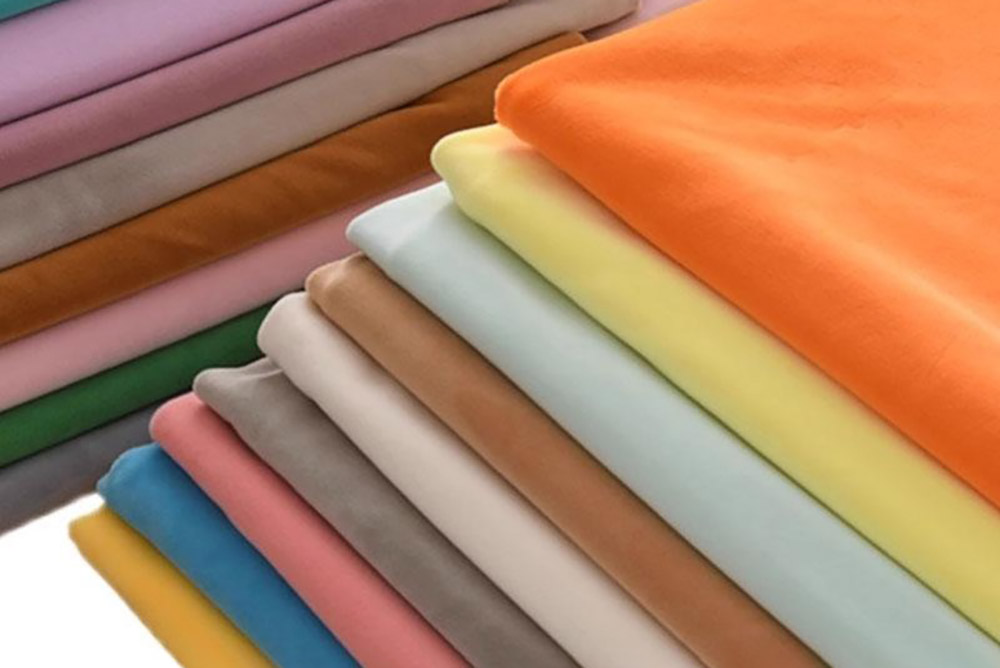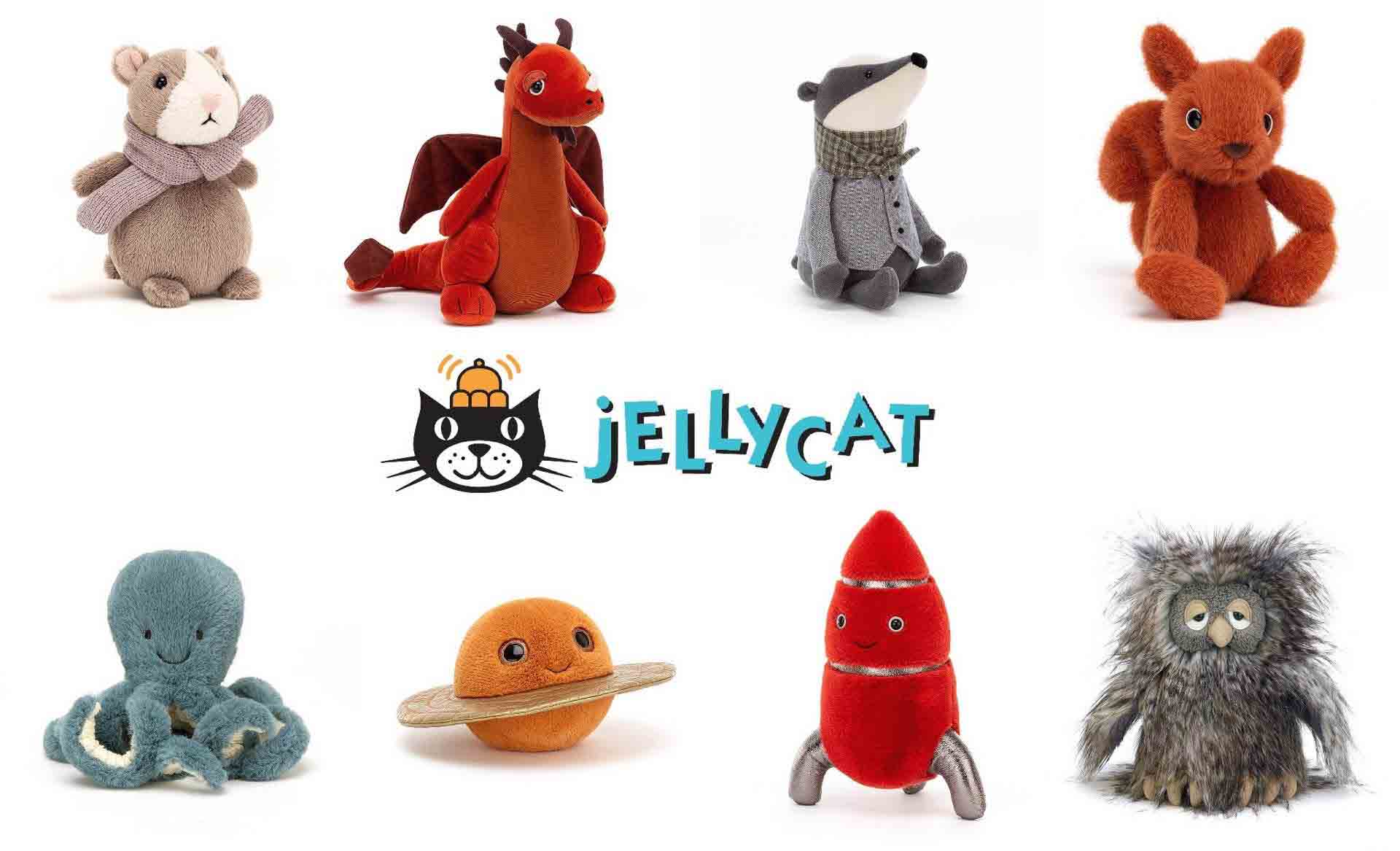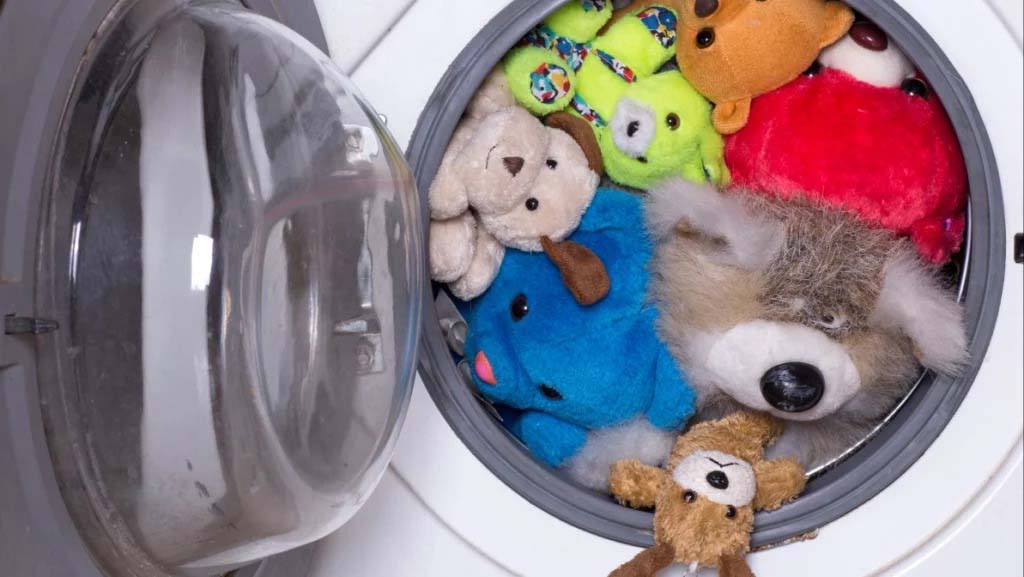Plush toys may look simple from the outside, but what truly defines their quality is hidden inside. The stuffing material determines how soft, safe, and durable a toy will be, and it directly influences customer satisfaction as well as a brand’s reputation. From mass-market baby plush to premium collectibles, each type of filling plays a different role in shaping the product.
Understanding the differences among stuffing materials is essential for buyers, retailers, and brand owners. Whether you are sourcing for cost efficiency, eco-friendliness, or premium positioning, knowing what goes inside the toy helps you make informed decisions. This guide provides a clear, structured overview of the main stuffing categories, their benefits, and what global buyers need to consider before placing an order.
1. Lightweight and Soft Fillings – What are the most popular options?

Soft fillings are essential for plush toys designed to be cuddled, hugged, and carried around by children or adults. Buyers usually prefer options that balance softness, cost efficiency, and safety standards.
The two most common lightweight fillings are polyester fiberfill (PP cotton) and memory foam shreds. Polyester offers affordability and softness, while memory foam ensures durability and shape retention for premium toys.
| Filling Type | Key Benefits | Common Use Cases | Buyer Consideration |
| Polyester Fiberfill | Fluffy, affordable, hypoallergenic | Baby toys, mass-market plush | Safe, cost-effective |
| Memory Foam Shreds | Shape-retaining, premium texture | Gift plush, cushions, collectibles | Higher cost, upscale positioning |
Polyester fiberfill (PP cotton) remains the global industry standard. It is lightweight, hypoallergenic, and tested to meet CE and ASTM safety certifications, making it suitable for children’s toys. Its affordability and ability to maintain a plump look even after repeated use make it the best choice for bulk production.
Memory foam shreds, though less common in mass-market toys, appeal to buyers targeting higher-end markets. The material provides better shape resilience and a luxurious texture, which enhances customer perception of quality. This option is often chosen for collectible plush or toys doubling as pillows. While costlier than polyester, it creates differentiation in competitive markets.
For sourcing decisions, buyers must weigh volume against positioning. Retail-focused brands often choose polyester to optimize cost and compliance, while premium gift retailers may adopt memory foam to stand out in design and customer experience.
2. Weighted Fillings – Why are they used in plush toys?

Weighted fillings are chosen when a plush toy needs to feel more realistic, stable, or therapeutic. These fillings are designed to give toys a heavier touch, improving functionality beyond softness.
Weighted plush toys often use plastic pellets or glass beads. Plastic pellets are affordable and versatile, while glass beads create a smoother, more refined feel suitable for adult collectors or therapeutic plush.
| Filling Type | Key Benefits | Common Use Cases | Buyer Consideration |
| Plastic Pellets | Cost-efficient, easy to shape | Weighted plush animals, beanbags | Widely available, economical |
| Glass Beads | Smooth, premium weight balance | Collector plush, sensory products | More expensive, niche use |
Plastic pellets are the most common weighted filler. They are small, uniform, and usually made of polypropylene, allowing easy distribution inside plush toys. They add stability and weight, preventing toys from toppling over. Retailers favor them for mid-market products because they are safe, affordable, and flexible for different toy designs.
Glass beads, however, target a premium or therapeutic niche. Their smooth, rounded texture provides a luxurious weighted sensation, often used in collectible plush or weighted sensory toys for stress relief. While costlier and heavier, they align with buyers serving adult customers or special-needs markets.
For procurement, the choice depends on function. Brands sourcing toys for everyday children’s use may prefer plastic pellets for safety and cost. Those targeting collectors or therapeutic markets can differentiate with glass beads, offering higher perceived value and unique product positioning.
3. Natural and Eco-Friendly Fillings – Are they safe and marketable?

Eco-conscious buyers are increasingly interested in natural fillings. These materials support sustainability while still ensuring softness and safety. However, they must comply with strict safety standards for children’s use.
Natural fillings like organic cotton and wool offer eco-friendly alternatives. Organic cotton is soft and hypoallergenic, while wool provides warmth, resilience, and a premium feel for eco-luxury markets.
| Filling Type | Key Benefits | Common Use Cases | Buyer Consideration |
| Organic Cotton | Soft, hypoallergenic, safe | Baby plush, eco-friendly toys | Higher cost, eco branding appeal |
| Wool | Durable, warm, natural feel | Collectibles, premium plush | May shrink, premium markets only |
Organic cotton stuffing is popular among brands positioning themselves as safe and eco-responsible. It is soft, hypoallergenic, and free from harmful chemicals, making it suitable for baby plush toys. However, costs are higher compared to synthetic fillings, which may affect large-scale retail competitiveness.
Wool fillings add durability and a unique feel to plush toys. They are valued for resilience and natural warmth, aligning well with premium and collectible plush toys. Buyers targeting eco-luxury markets often select wool as part of their branding strategy. However, manufacturers must handle it carefully to avoid shrinkage or clumping after washing.
For buyers, natural fillings are a strategic choice. They appeal to parents and eco-conscious consumers who prioritize safety and sustainability. While costs are higher, the marketing advantages and growing demand for sustainable products can justify the investment.
4. Sustainable Materials – How do they support long-term strategies?

Beyond natural options, sustainable synthetic materials are becoming essential as brands move toward eco-friendly supply chains. These materials balance performance with environmental responsibility.
Recycled polyester (rPET) and biodegradable fiberfill are emerging as sustainable solutions. rPET reuses plastic bottles, while biodegradable fiberfill reduces long-term environmental impact.
| Filling Type | Key Benefits | Common Use Cases | Buyer Consideration |
| Recycled Polyester | Reduces waste, cost-effective | Mass-market eco plush | Safe, affordable eco option |
| Biodegradable Fiber | Decomposes naturally, eco branding | Premium eco plush, promos | Higher cost, limited sourcing |
Recycled polyester (rPET) is currently one of the most accessible sustainable fillings. Made from recycled plastic bottles, it reduces environmental impact while offering the same softness and durability as virgin polyester. Buyers seeking eco-credentials without compromising cost often adopt rPET for mass-market plush toys.
Biodegradable fiberfill, though less common, is a strong marketing tool for premium eco brands. It decomposes naturally, reducing landfill waste. However, sourcing is limited, and costs are higher, making it more suitable for promotional plush or eco-focused niche markets.
For sourcing decisions, sustainable materials align with global retail trends and consumer demand. Buyers targeting Western markets, especially Europe and the USA, can leverage eco-materials to build stronger brand loyalty and meet evolving regulations.
5. Functional Fillings – What special uses do they serve?

Some plush toys require fillings that serve functions beyond softness or weight. These functional fillings add interactive or sensory value, making toys more versatile.
Functional fillings include microbeads for stress-relief plush, scented beads for aromatherapy toys, and gel packs for hot/cold therapeutic plush. These enhance customer experience and expand product categories.
| Filling Type | Key Benefits | Common Use Cases | Buyer Consideration |
| Microbeads | Smooth, stress-relieving feel | Stress toys, fidget plush | Adult market, niche appeal |
| Scented Beads | Adds fragrance, sensory appeal | Aromatherapy plush, gift products | Seasonal/promo opportunities |
| Gel Packs | Hot/cold therapy functionality | Therapeutic plush, wellness items | Safety standards required |
Microbeads are used in stress-relief or fidget plush toys, popular among adult consumers. They provide a smooth, flowing texture that creates a calming effect. However, due to safety concerns, they are less common in children’s plush toys.
Scented beads introduce fragrance to toys, adding sensory and emotional value. These are often used in promotional plush or seasonal gift lines, offering a memorable customer experience.
Gel packs create functional plush that can be heated or cooled for therapeutic purposes. While highly specialized, they are gaining traction in wellness and lifestyle markets. Compliance with strict safety and material standards is essential for these products.
For buyers, functional fillings represent innovation. They open new categories, expand customer bases, and provide unique differentiation. Brands targeting adults, wellness, or promotional markets can explore these fillings to diversify their product offerings.
Plush toy fillings are not just technical details—they define comfort, durability, safety, and even brand positioning. From everyday polyester to premium glass beads, from eco cotton to innovative functional fillings, each choice reflects market goals and customer needs.
| Filling Category | Example Material | Best For | Key Buyer Consideration |
| Lightweight & Soft | Polyester Fiberfill | Baby toys, everyday plush | Safe, affordable |
| Weighted | Plastic Pellets | Weighted plush, beanbags | Cost-effective |
| Natural Eco-Friendly | Organic Cotton | Baby plush, eco-friendly toys | Higher cost, safe image |
| Sustainable | Recycled Polyester | Mass-market eco plush | Balance cost & branding |
| Functional | Microbeads, Gel Pack | Stress-relief plush, therapeutic toys | Niche, safety required |
At Kinwin, buyers can access a wide range of filling options tailored to specific markets, safety standards, and branding strategies. Whether sourcing for mass retail, premium collectibles, or eco-conscious customers, the right material ensures long-term value.
Ready to develop plush toys that combine comfort, safety, and innovation? Contact Kinwin today at [email protected] or visit https://kinwintoys.com/ to start your custom project.


